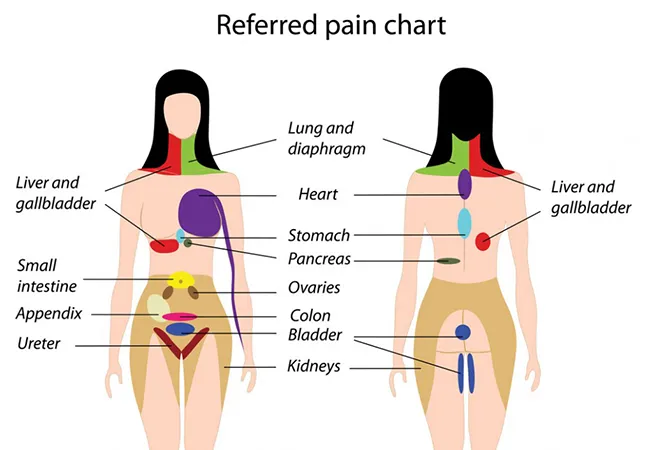


Abdominal (belly) pain in children is a common condition and, while not generally a serious problem, one that can cause considerable discomfort. Approximately 30% of children visit a doctor due to abdominal pain by age 15, and 10-15% of school aged children report recurring abdominal pain. Because abdominal pain can have a wide variety of causes, diagnosis can often be difficult if no other symptoms are present.
When a child, who is otherwise healthy, experiences repeated stomachaches for more than 2 months or more, he is considered to have functional abdominal pain. Functional abdominal pain involves a sensitivity of the digestive organs in conjunction with changes in digestive movement patterns, with no gastrointestinal damage. Some abdominal pain can be a sign of a more serious condition, so monitoring your child is key in determining when to see a doctor.
Organic abdominal pain is true pain caused by damage to the child’s gastrointestinal tract. Organic abdominal pain is usually associated with:
Organic abdominal pain could be due to Celiac disease, Crohn’s disease, Ulcerative Colitis, Gastritis, or Infections.
Functional abdominal pain is true pain interfering with the child’s ability to function but there is no evidence of damage to the gastrointestinal tract. Functional abdominal pain is usually associated with:
Functional abdominal pain is not life threatening but it can have a negative effect psychologically (anxiety and depression), cause interference with school attendance and with sports and other extra-curricular activities. Children with functional abdominal pain can have functional dyspepsia, Irritable Bowel Syndrome, abdominal migraines, or functional abdominal pain syndrome. If your child is experiencing any of these symptoms it is best to speak to your child’s physician or a pediatric gastroenterologist about treatment options.
Causes of abdominal pain in children can range from extremely mild to life-threatening. Most of the time, children’s stomachaches are temporary and subside within a day or two. Common causes of abdominal pain include:
Parents are typically the best evaluators of the severity of their child’s symptoms. If your child’s abdominal pain is mild, you can usually use some simple home treatments to alleviate discomfort:
If your child has a fever, use acetaminophen rather than aspirin or ibuprofen, as these can cause more stomach upset. Avoid any foods or drinks that may be irritating, such as:
Abdominal pain that doesn’t go away could be caused by an underlying condition that needs medical treatment. In some cases, waiting a few days to see your doctor is appropriate, while other situations may warrant immediate care. You should contact your doctor if your child:

Diagnosing abdominal pain involves a thorough medical examination along with an evaluation of symptoms your child has been experiencing. Keeping track of symptom duration and severity, as well as diet and other lifestyle factors, will help you in answering your doctor’s questions. Conveying accurate information will assist the doctor in evaluating your child’s symptoms. A pain diary or journal should include:
Coming to your child’s appointment prepared will be of great help to your doctor. Abdominal pain can often be diagnosed after the examination and evaluation of symptoms. If further testing is needed, your doctor may recommend:
Treatment will vary depending on the cause of your child’s abdominal pain. If your child is experiencing recurring abdominal pain, please contact our office for an appointment.